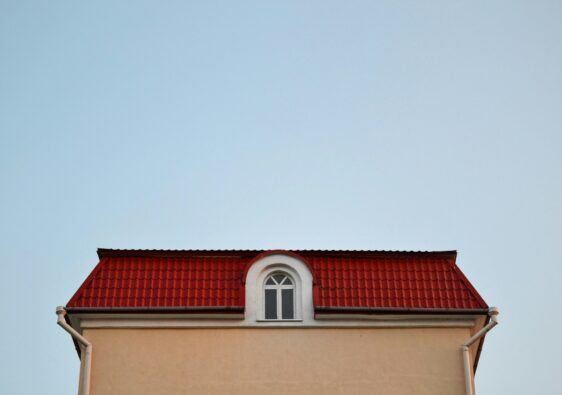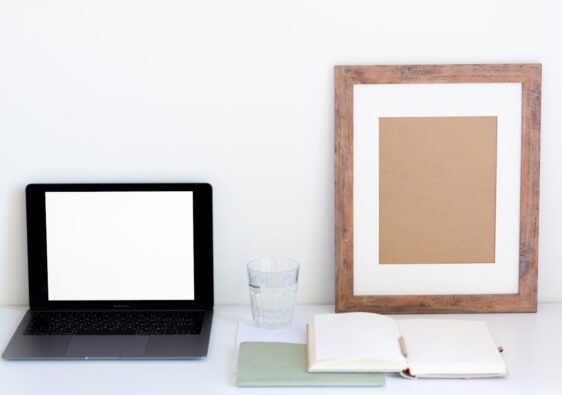We, as a society, have finally reached a point where we realize that less is more. The appeal of excessive indulgences and hoarded items are no longer prominent today. Instead, we choose to slow down and keep things out of necessity.
Minimalism is not just an aesthetic-it’s a lifestyle. It is further cultivated by the environment we reside in, which is why most of the interiors and facades of the structures we have now are pretty understated.
Minimalistic projects are now a common arrangement for interior designers. However, with the surge of such requests, it is easy to be overwhelmed and lose the essence of the concept. This is why we gathered minimalist basics and tips on how not to overdo a project.
The Absence of Clutter
One of the most important principles behind a minimalist design is the absence of clutter. The concept emphasizes the barest needs, so there is no room for items that don’t have a purpose.
Interior design classes highlight the importance of space evaluation with every project. This is especially helpful when it comes to creating a minimal interior because deep thought goes into the use of every square inch. So, declutter the area first and get a good look at the room. Then, make sure only necessities will remain and all inclusions serve a purpose.
Organization
Once everything is clear, it is just a matter of rearranging and organizing the essentials in the space. Adding items to the design can be tempting but refrain from going overboard. Instead, remember to do the most with the least. Hence, every piece you consider adding to the room must be thoroughly assessed.
Functionality Over Aesthetics
Eventually, you’ll come up with a rough draft of the organization of the room’s elements. However, the goal is to see as little as possible. So, when you are running out of ideas to make the area minimalistic, an easy way around it is to use functional and multipurpose pieces.
For example, you can go for furniture that also acts as storage. This will keep things neat and maintain a minimalistic image.
Flexibility
Minimalism isn’t supposed to tie you down to a certain lifestyle. No matter your area’s size or space, it should never feel limiting or constricted. Instead, it’s supposed to be freeing, breaking our attachment to trivial things. So, keep that in mind when designing your project.
It is possible to go too minimal. Therefore, see to it that all the elements of the design are livable and functional.
Don’t Go Crazy With Colors
Lastly, another critical concept of minimalism emphasized in interior design courses is the unique use of colors. You can tell when an aesthetic is minimal with one look at the palette they utilize.
Of course, focus on earth tones, monochromatic scales, and neutral shades to evoke the minimalist feel. However, if you really want to use colors outside of these, you can stick to different hues of the same pigment to make sure it’s not all over the place.



